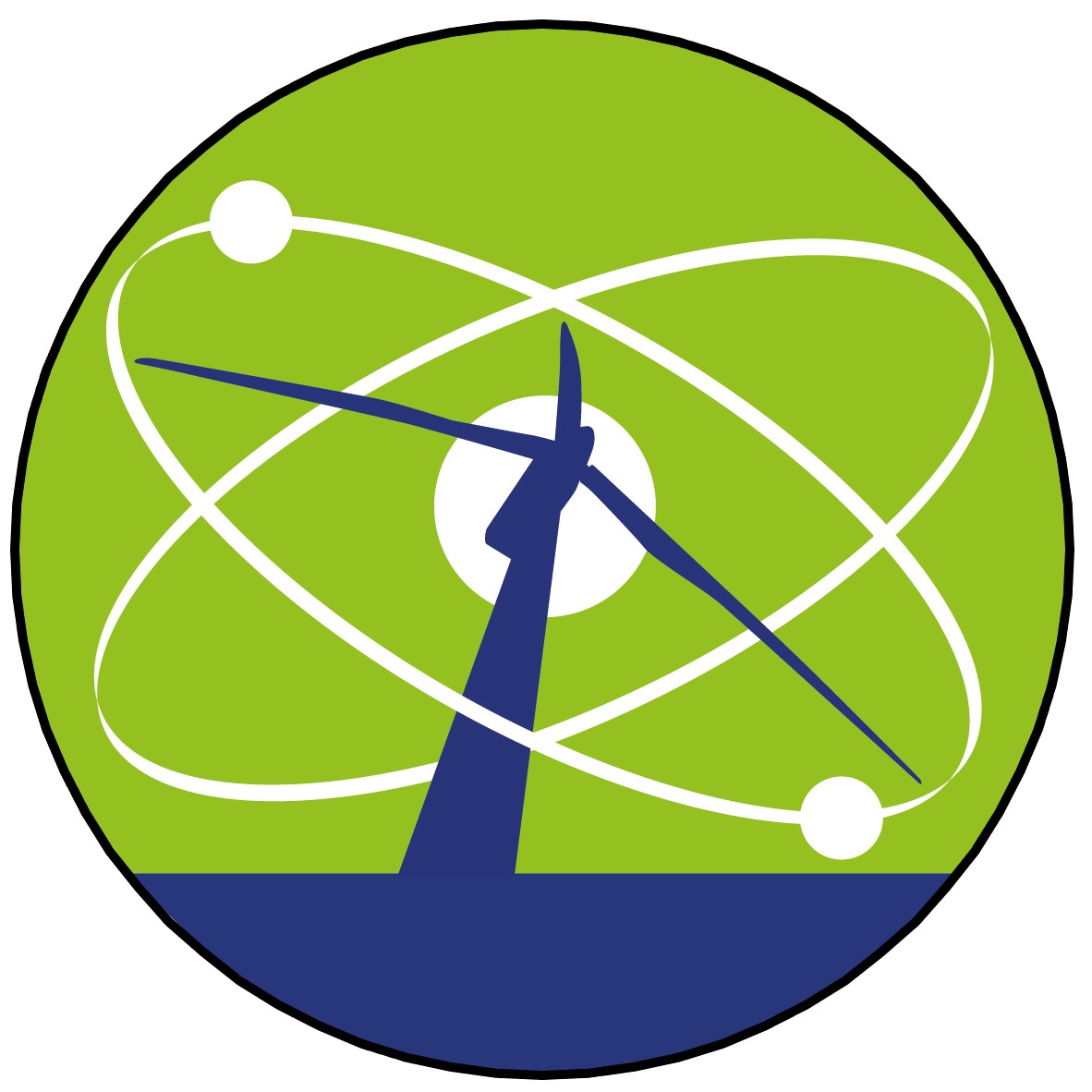Main changes in this iteration:
🇩🇪 The Baltic Sea Hydrogen Collector project has been reassessed and currently consists of two parallel, large-scale pipelines stretching from Mariehamn along Bornholm to Lubmin in Germany. This indicates great potential for offshore wind development in the Nordic-Baltic region.
🇪🇪 Estonia has updated its connection to the Baltic Sea Hydrogen Collector in 2040, so that the pipeline also supplies the island of Saaremaa and Pärnu County on the Estonian mainland.
🇳🇱 The Dutch terminal ACE has been added to the map. The terminal will amongst others allow the import and conversion of ammonia into hydrogen, which will be fed into Gasunie’s hydrogen network and the European hinterland.
🇧🇬 Bulgaria improves the connection to Turkey by 2040. A new pipeline has been introduced along the Black Sea coast, running from the Turkish border to Romania.
🇺🇦 TSO of Ukraine, a new member of the EHB initiative, is also developing plans for a hydrogen export corridor through Central Europe. As shown in previous EHB reports, the country has great potential for green hydrogen production. However, the possible route of the pipelines is not shown on the map to avoid misuse of this information at this difficult time for the Ukrainian people.











